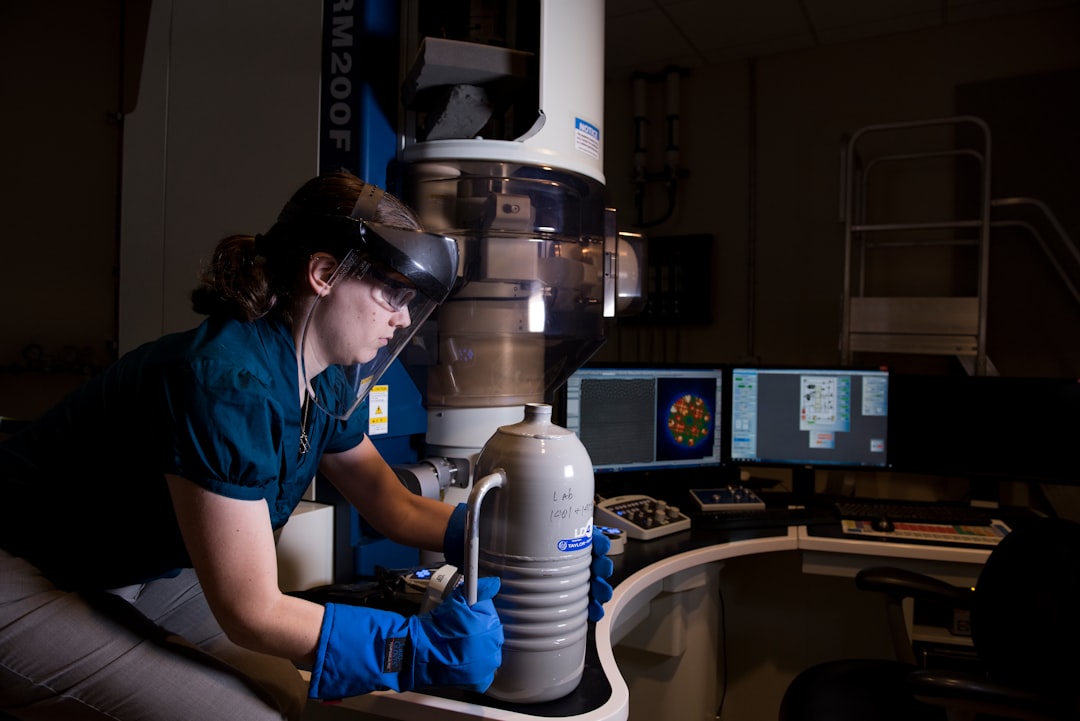What is it about?
A cultured plug of E. coli was sent to four separate labs, processed for sequencing using a standardised sample preparation procedure, then sequenced over two 48 hour runs by each of the four labs. A brief analysis was carried out on the sequence data, investigating a number of different statistics including error rate, yield over time, and the composition of sequenced reads.
Featured Image
Why is it important?
This is the first publication from the MinION Analysis and Reference Consortium, a global and open group of MinION researchers who are investigating the behaviour and output of the MinION technology platform. As well as providing a benchmark for subsequent nanopore flow cell technology, this paper provides a large dataset of a known genomic sequence for further research and discovery.
Perspectives
The MARC team is fairly bioinformatician-heavy, so my usual/preferred skills in data analysis are not in high demand. I have been taking extensive notes during the regular MARC teleconferences, and provide the occasional comment when I think something needs more clarification or could be misinterpreted. As I did not take part in the actual sequencing or data analysis, my specific contribution to this paper was minimal: mostly around copy editing to make the paper a little bit easier to understand.
Dr David A Eccles
Malaghan Institute of Medical Research
Read the Original
This page is a summary of: MinION Analysis and Reference Consortium: Phase 1 data release and analysis, F1000Research, October 2015, Faculty of 1000, Ltd.,
DOI: 10.12688/f1000research.7201.1.
You can read the full text:
Contributors
The following have contributed to this page










